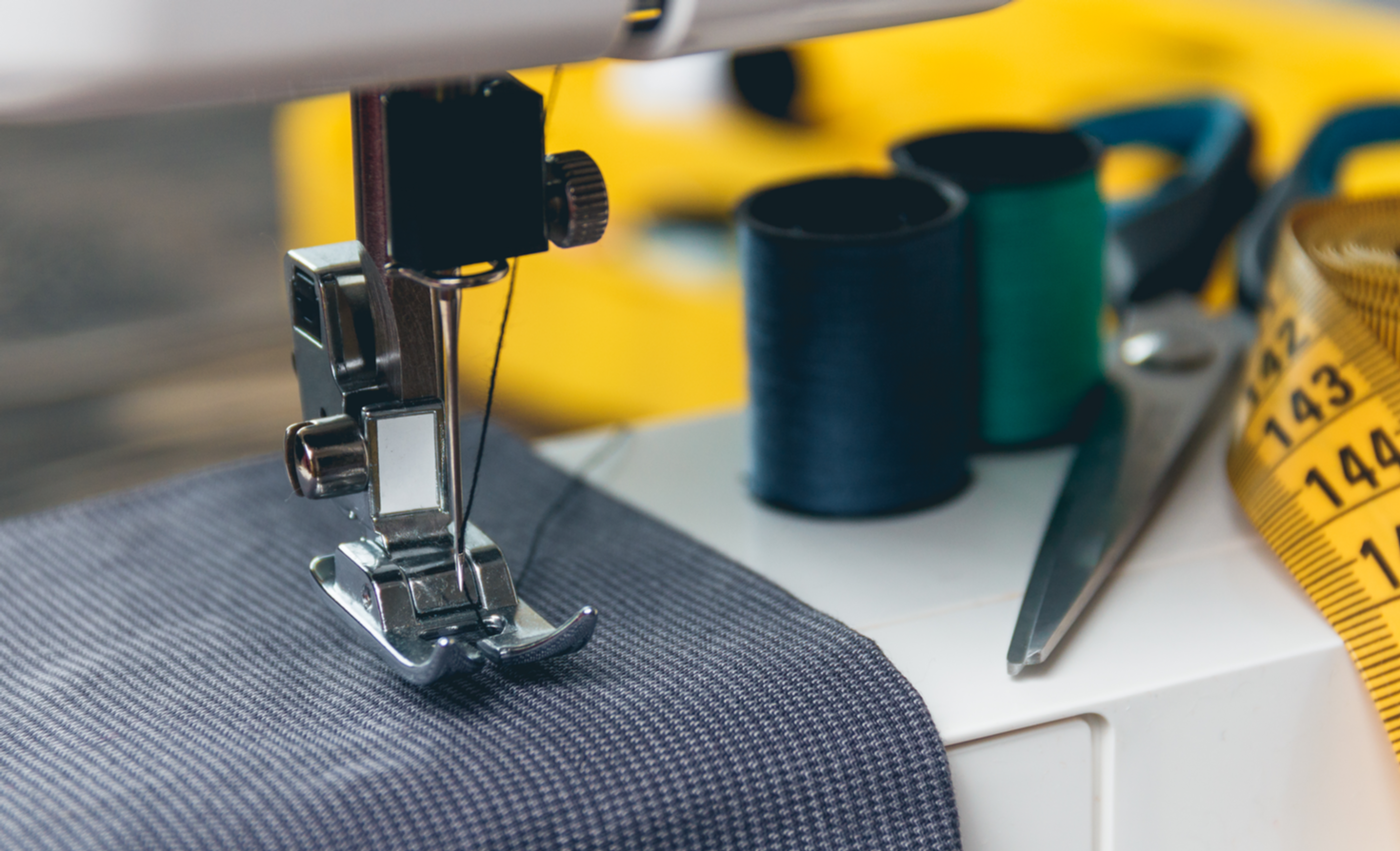By the numbers: the economic, social and environmental impacts of 'fast fashion'

Think about how many sweaters, scarves and other clothes were given as gifts this holiday season. How many times will people wear them before throwing them out?
Probably far fewer than you think.One garbage truck of clothes (PDF)is burned or sent to landfills every second. The average consumer bought60 percent more clothesin 2014 than in 2000, but kept each garment for half as long.

Gone are the days when people would buy a shirt and wear it for years. In a world of accelerating demand for apparel, consumers want — and increasingly can afford — new clothing after wearing garments only a few times. Entire business models are built on the premise of "fast fashion," providing clothes cheaply and quickly to consumers through shorter fashion cycles.
This linear fashion model of buying, wearing and quickly discarding clothesnegatively affects people and the planet’s resources. Here’s a look at the economic, social and environmental implications:
The economics
According to the Ellen McArthur Foundation, clothing production approximately has doubled in the last 15 years, driven by a growing middle-class population across the globe and increased per capita sales in developed economies. An expected400 percent increasein world GDP by 2050 will mean even greater demand for clothing.
This could be an opportunity to do better.One reportfound that addressing environmental and social problems created by the fashion industry would provide a $192 billion overall benefit to the global economy by 2030. The annual value of clothing discarded prematurely is more than $400 billion.

The environmental impacts
Apparel production is also resource- and emissions-intensive. Consider that:
- Making a pair of jeans (PDF)produces as much greenhouse gases as driving a car more than 80 miles.
- Discarded clothing made of non-biodegradable fabrics can sit in landfills forup to 200 years.
- It takes713 gallons of waterto make one cotton shirt, enough to meet the average person’s drinking needs for 2.5 years.
The societal impacts
Clothing production has helped spur growth in developing economies, but a closer look reveals a number of social challenges. For instance:
- According to non-profit Remake, 75 million people are making our clothes today, and 80 percent of apparel is made by young women ages 18 to 24.
- Garment workers, primarily women, in Bangladesh makeabout $96 per month. The government’s wage board suggested that a garment worker needs 3.5 times that amount in order to live a "decent life with basic facilities."
- A 2018U.S. Department of Labor reportfound evidence of forced and child labor in the fashion industry in Argentina, Bangladesh, Brazil, China, India, Indonesia, Philippines, Turkey, Vietnam and other countries.
Rapid consumption of apparel and the need to deliver on short fashion cycles stresses production resources, often resulting in supply chains that put profits ahead of human welfare.
So, what do we do?
So, what does a more sustainable apparel industry look like, and how do we get there? We’re starting to see some early signs of an industry in transition. Business models based on longevity, such asRent the RunwayandGwynnie Bee,是一个支持重用而不是快速和不负责任的消费的行业的开端。就像Netflix重新构想传统电影租赁服务和Lyft破坏了交通工具一样,好用的买球外围app网站we are beginning to see optionsfor consumers to lease clothes rather than buy and stash them in their closets. Ideally, an "end of ownership" in apparel will be implemented in a way that considers impacts on jobs, communities and the environment.
这只是所需的自由度转化的开始。服装公司越来越必须面对elephant in the boardroomand decouple their business growth from resource use.
To meet tomorrow’s demand for clothing in innovative ways, companies will need to do what they never have done before: design, test and invest in business models that reuse clothes and maximize their useful life. For apparel companies, it’s time to disrupt or be disrupted.
This story first appeared on: